Carbide rods are the backbone of various machining and tooling applications. When you need precision and durability, straight coolant hole carbide rods are your go-to solution. Why? They’re robust, resistant to wear, and can handle extreme machining conditions like a champ. Let’s dive deep into this fascinating topic and explore every nook and cranny of these engineering marvels.
What Are Straight Coolant Hole Carbide Rods?
Straight coolant hole carbide rods are high-performance tools used primarily in manufacturing. These rods are made from tungsten carbide and feature coolant channels running straight through their length. These channels enable efficient cooling and lubrication during machining, reducing tool wear and improving performance. Think of them as the unsung heroes of CNC machines and cutting tools.
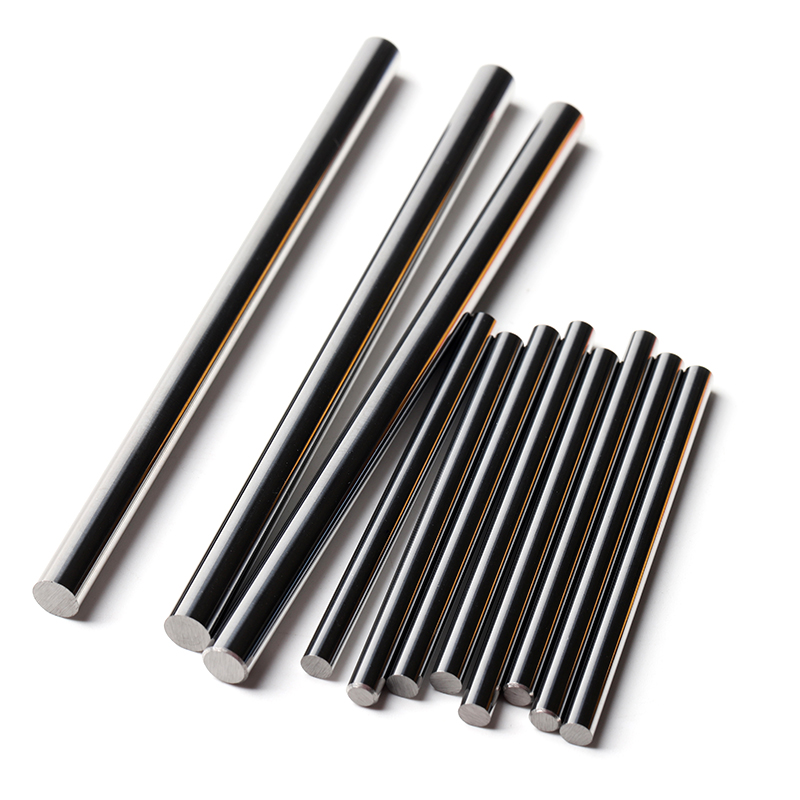
Types of Straight Coolant Hole Carbide Rods
| Type | Description |
|---|---|
| Single Coolant Hole Rods | Feature one straight hole for coolant flow. Ideal for less complex cooling requirements. |
| Double Coolant Hole Rods | Two parallel coolant holes ensure better cooling efficiency, especially in high-speed machining applications. |
| Solid Rods with Coolant Holes | Combine high structural integrity with efficient cooling. Used in heavy-duty applications where strength is crucial. |
| Helical Coolant Hole Rods | Offer enhanced cooling through spiraled channels, reducing hotspots in tools and extending life expectancy. |
| Custom Diameter Rods | Available in varying diameters to meet specialized machining needs. |
| Micro Coolant Hole Rods | Designed for small-scale machining tasks requiring precision cooling. |
| Heavy-Duty Coolant Rods | Optimized for machining tough materials like stainless steel and titanium. |
| Carbide Rods with Coatings | Feature additional wear-resistant coatings like TiN, TiAlN, or diamond for enhanced performance in specific applications. |
| ISO Standard Coolant Rods | Conform to international standards for size and composition, ensuring compatibility with global machinery. |
| Custom Length Rods | Tailored to specific lengths to suit unique operational setups. |
Raw Material and Composition Analysis
Straight coolant hole carbide rods are predominantly made from tungsten carbide, a compound of tungsten and carbon. The composition is often fine-tuned to balance hardness, toughness, and wear resistance.
Typical Composition
| Material | Percentage | Purpose |
|---|---|---|
| Tungsten Carbide | 85–97% | Provides the hardness and durability essential for high-performance tools. |
| Cobalt Binder | 3–15% | Adds toughness and helps bind tungsten carbide particles. |
| Trace Additives | <1% | Enhance specific properties like corrosion resistance or thermal stability. |
Applications of Straight Coolant Hole Carbide Rods
| Industry | Application |
|---|---|
| Aerospace | Used in precision drilling and machining for turbine components and fuselage parts. |
| Automotive | Essential for machining engine components, transmission parts, and more. |
| Medical Equipment | Utilized in the production of surgical tools and implants requiring high precision and hygiene. |
| Oil and Gas | Employed in the manufacturing of drilling equipment and components that face high-pressure environments. |
| Tool and Die | Integral in creating dies, molds, and cutting tools with superior accuracy. |
| Electronics | Helps fabricate small, precise components like connectors and semiconductor parts. |
| Construction | Supports heavy-duty applications in machining construction materials like reinforced steel and hard alloys. |
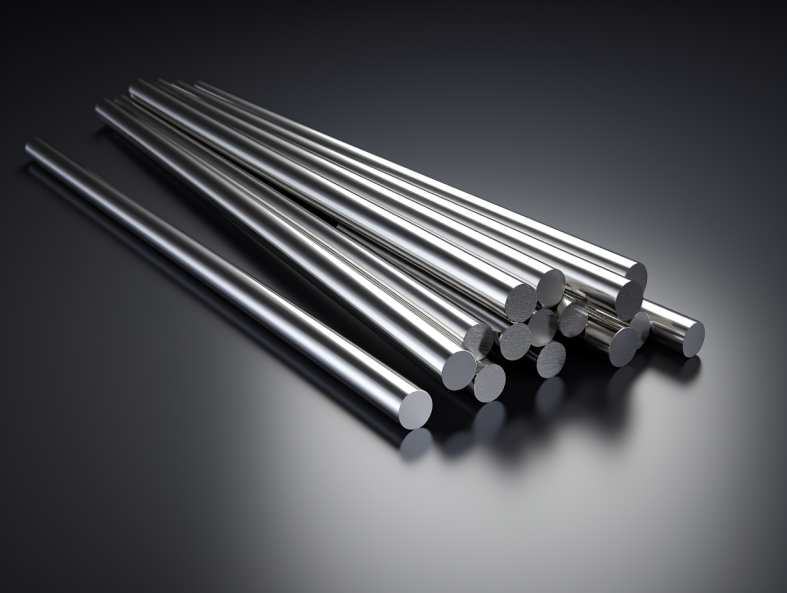
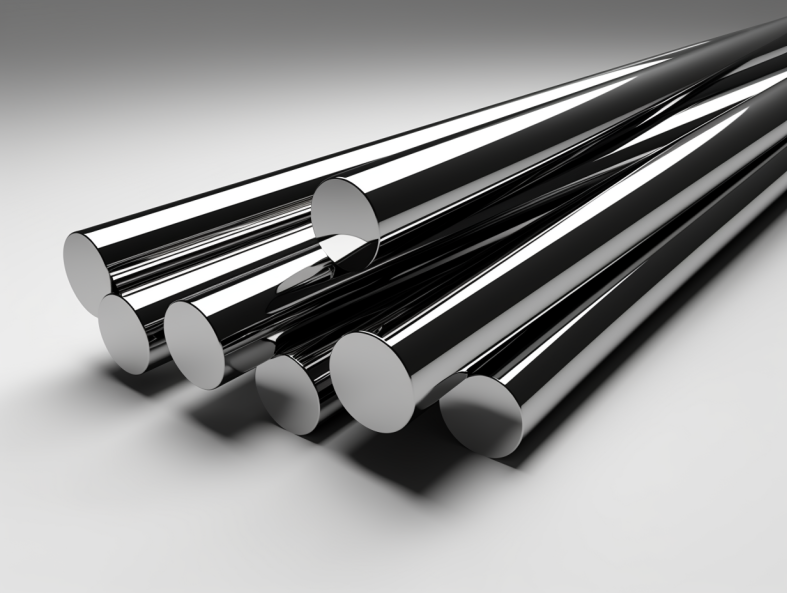
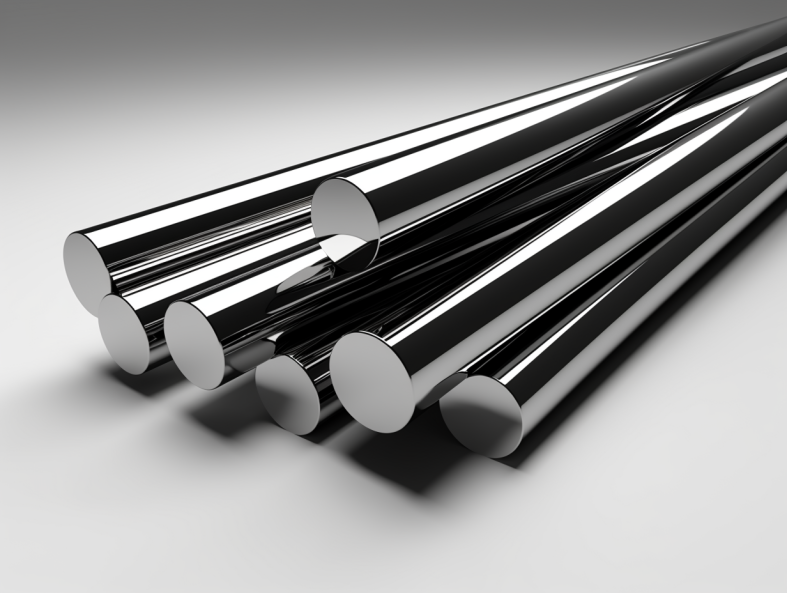
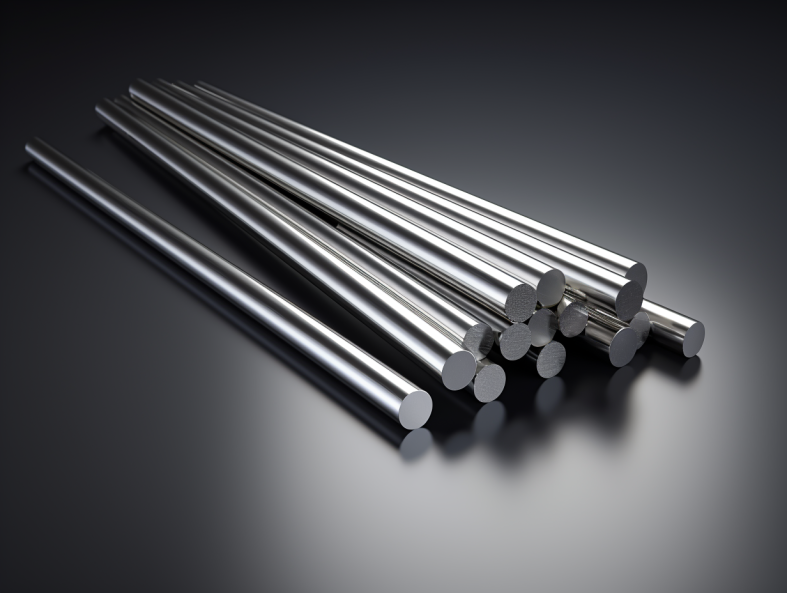

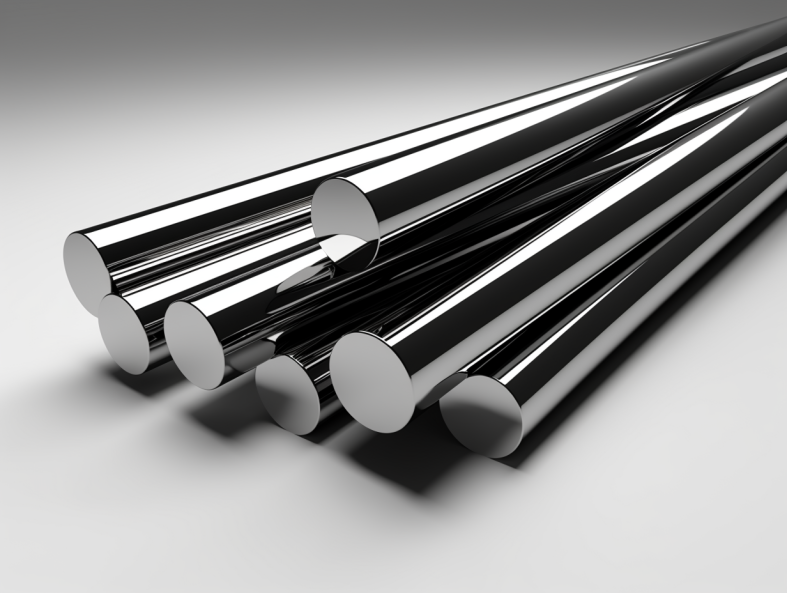
Production Process Flow of Straight Coolant Hole Carbide Rods
Creating straight coolant hole carbide rods is a meticulous process. Here’s how it works:
- Powder Preparation: Tungsten carbide powder is blended with cobalt and other binders.
- Mixing: The mixture is uniformly combined to ensure consistent properties.
- Compacting: The powder is pressed into rod shapes with channels for coolant holes.
- Pre-Sintering: The rods are heated at lower temperatures to strengthen their structure before final sintering.
- Sintering: Final sintering at high temperatures creates a dense, robust product.
- Cooling: Slow cooling ensures stability and minimizes internal stresses.
- Finishing: Includes grinding, polishing, and quality checks to meet precision standards.
Material Properties of Straight Coolant Hole Carbide Rods
| Property | Value Range | Significance |
|---|---|---|
| Hardness | 89–94 HRA | Ensures excellent wear resistance and longevity. |
| Density | 14.1–15.1 g/cm³ | Provides the robustness needed for heavy-duty applications. |
| Tensile Strength | 2500–4000 MPa | Allows the rods to withstand significant stress without deformation. |
| Thermal Conductivity | 60–100 W/m·K | Facilitates efficient heat dissipation during high-speed machining. |
| Flexural Strength | 400–650 MPa | Ensures the rods can handle bending forces during use. |
Specifications, Sizes, and Standards
| Parameter | Available Options |
|---|---|
| Diameter | 0.5 mm to 25 mm |
| Length | 50 mm to 330 mm |
| Coolant Hole Size | 0.2 mm to 10 mm |
| Standards | ISO 9001, DIN, ANSI |
| Shapes | Cylindrical, hexagonal, or customized profiles. |
Selecting the Right Straight Coolant Hole Carbide Rod
| Factor | Consideration |
|---|---|
| Material Type | Choose based on the hardness and toughness required for your application. |
| Coolant Hole Design | Select single or double holes depending on cooling needs. |
| Machining Speed | Higher speeds benefit from helical coolant holes for efficient heat dissipation. |
| Tool Size | Match the rod diameter and length to your tool specifications. |
| Cost | Opt for cost-effective options without compromising on quality. |

Advantages and Limitations
| Advantages | Limitations |
|---|---|
| Superior wear resistance and longevity. | Higher initial cost compared to standard rods. |
| Enhanced cooling reduces tool wear. | Requires precise handling and setup. |
| Versatile applications across industries. | Limited flexibility in certain customizations. |
| ISO standards ensure global compatibility. | Availability can vary based on supplier and specifications. |
FAQ
| Question | Answer |
|---|---|
| What makes straight coolant hole carbide rods unique? | Their coolant holes improve lubrication and heat dissipation during machining. |
| How do I choose the right rod? | Consider material, diameter, length, and coolant hole design based on your application. |
| Can they be customized? | Yes, many manufacturers offer custom sizes and specifications. |
| What industries use these rods? | Aerospace, automotive, medical, construction, and more. |
| What is the typical lifespan of these rods? | Depends on usage, but with proper care, they last significantly longer than traditional rods. |




